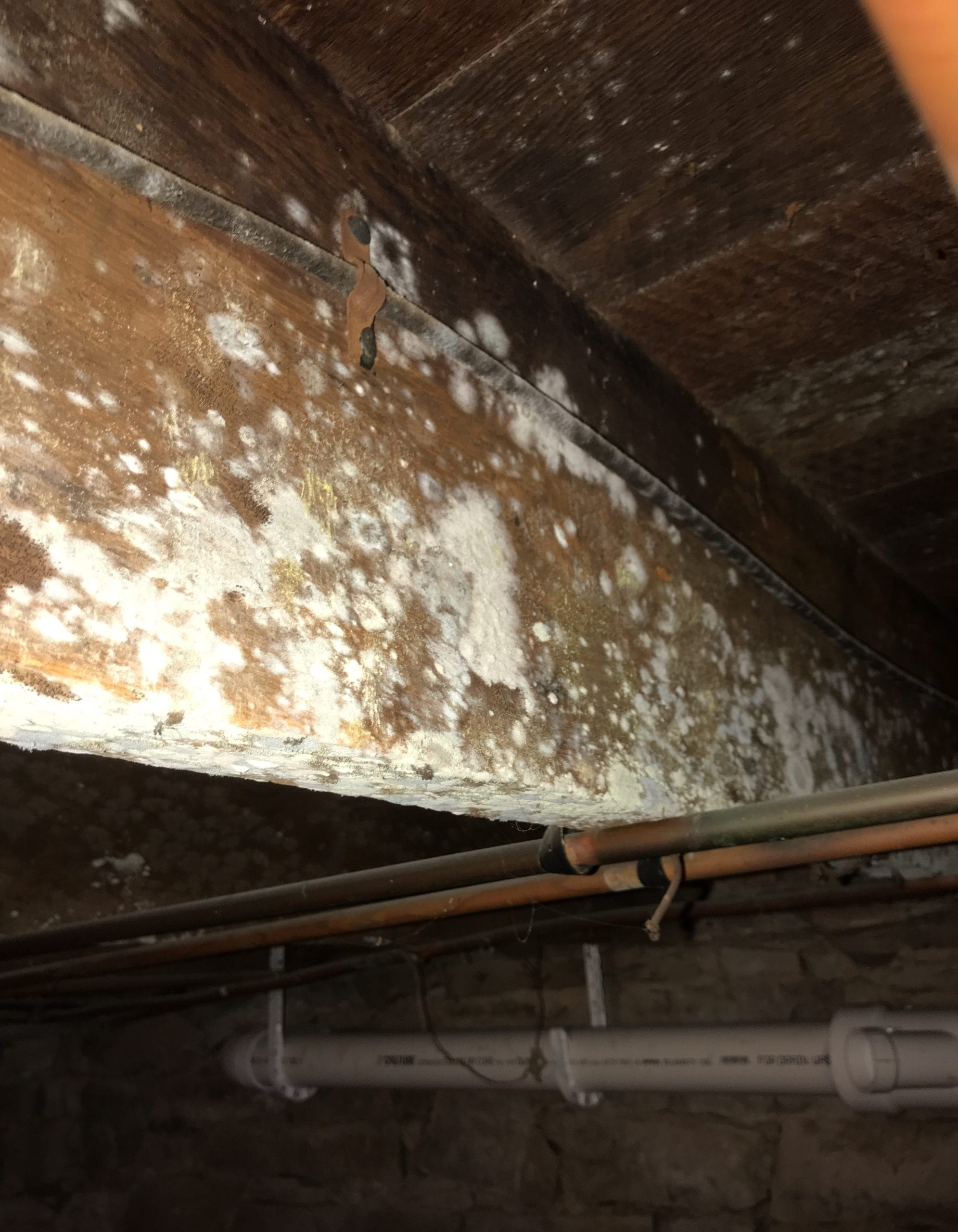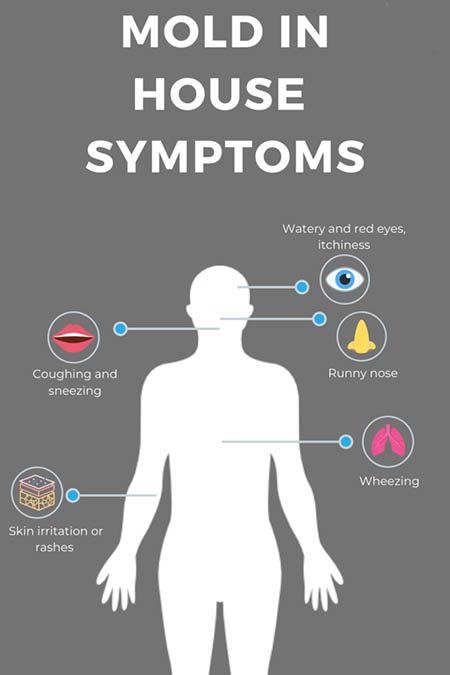Table Of Content

Some types of mold might make you feel like you have the flu, even to the point of having a fever and feeling generally unwell. Standards for judging what is an acceptable, tolerable or normal quantity of mold have not been established. Sampling for mold can be expensive, and standards for judging what is and what is not an acceptable quantity of mold have not been set. The best practice is to remove the mold and work to prevent future growth.
Black mould: How dangerous is it in the home and how can it be treated? - BBC
Black mould: How dangerous is it in the home and how can it be treated?.
Posted: Tue, 12 Mar 2024 07:00:00 GMT [source]
How dangerous is black mold to health?
If you need to clean up a large amount of mold, wear long sleeves and pants, and use protective gear including an N95 respirator and gloves. Some proponents of mold detoxes claim activated charcoal will bind to mycotoxins, allowing you to detox after exposure. Eczema involves dysfunction of your skin barrier, which could leave your skin more sensitive and reactive to potential allergens like mold.
Infection
People with asthma, allergies, and certain immune conditions are more likely to develop symptoms with mold exposure. If you have symptoms you think might be caused by mold exposure, a good next step involves checking in with a healthcare professional as soon as possible. Its spores may mistakenly trigger an allergic reaction in your immune system. An allergic reaction to black mold may cause various symptoms, including coughing, sneezing, congestion and irritated eyes.
Mold Rash: Everything You Need to Know
If you have a weakened immune system, it is important to avoid places with known mold and to avoid mold cleanup. If you experience flooding, you should also be careful, as mold usually begins growing within one to two days. Through the Bipartisan Infrastructure Law, EPA is making an unprecedented $21 billion available to strengthen our nation’s drinking water systems, including by addressing PFAS contamination. Of that, $9 billion is specifically for tackling PFAS and emerging contaminants. If you think your health is being affected by mold exposure, speak with a doctor or allergist.
In some people, a mold allergy is linked to asthma and exposure causes restricted breathing and other airway symptoms. The symptoms can vary between individuals, but there are 10 common warning signs to watch out for. People with weakened immune systems are also at a higher risk of fungal infections in general, which can include lung infections due to molds. A mold rash and other symptoms of a mold allergy are similar to many other health issues. Knowing whether your skin rash is caused by mold requires a medical diagnosis.
A person may also consider contacting a professional if there is extensive mold growth in the home or if a person has allergic reactions when cleaning moldy surfaces. However, people with weakened immune systems — such as those with HIV, transplant patients, or people undergoing cancer treatment — are at risk of fungal infections. According to the CDC, mold exposure may also worsen asthma or lung problems in people with preexisting lung conditions. The CDC also add that severe reactions may also occur in occupational settings with a risk of exposure, such as farmers working around moldy hay. There are also many different types of mold that can cause allergies.
How dangerous is that mould in your home? Experts reveal warning signs and what can be done before exposure to - Daily Mail
How dangerous is that mould in your home? Experts reveal warning signs and what can be done before exposure to.
Posted: Tue, 08 Aug 2023 07:00:00 GMT [source]
The best way to reduce your exposure to mold spores is to prevent mold growth. Black mold, like other molds, can cause typical allergy symptoms such as runny nose, watery eyes, and sneezing. This can happen when you touch the mold or breathe in mold spores. You're more likely to have this type of reaction if you have a mold allergy or a respiratory condition such as asthma or COPD.
Allergic reaction
The hardest part in dealing with this home issue is knowing you have a problem in the first place since mold can sometimes stay hidden. However, it is important to take the proper precaution to avoid spreading the spores and causing further damage. As such, if a person notices black mold, it is advisable to contact a professional mold remediator. A doctor may diagnose a mold allergy according to a person’s symptoms and their medical and family histories. The main health risks related to mold exposure are allergies and irritation, which typically cause respiratory symptoms. Exposure to black mold (Stachybotrys chartarum) can cause symptoms such as a stuffy nose, wheezing, and itchy eyes, similar to those of other molds.
Myths about black mold

This type of allergy generally causes local symptoms in the mouth and can cause rashes or even affect breathing. Mold growth, which often looks like spots, can be many different colors, and can smell musty. Any mold should be removed and the moisture source that helped it grow should be removed.
While mold is not the only reason for wallpaper separating from the wall, if the area also feels damp then mold is the likely culprit. It may be worth peeling back the wallpaper or scraping away paint in one of the affected areas to check for visible mold growth on the surface of the wall. It isn’t advisable to paint over mold, as the growth is likely to continue to reappear over time. Areas in homes that are commonly vulnerable to moisture issues include basements, bathrooms, kitchens, crawl spaces, attics, and the areas around windows or door frames.

IgE antibodies bind to mast cells (histamine-containing cells) in your mucus membranes, skin, gastrointestinal (GI) tract and airways. After your first exposure, the mast cells are now sensitive to black mold allergens. Black mold is a fungus that may cause your immune system to react.
It is important to properly clean and dry the area as you can still have an allergic reaction to parts of the dead mold and mold contamination may recur if there is still a source of moisture. The most common indoor molds are Cladosporium, Penicillium, and Aspergillus. We do not have precise information about how often different molds are found in buildings and homes.
Indoors, mold can exist under sinks, in bathrooms and basements, and around leaky areas. Mold can also thrive in building materials like paper and wood products. When scrubbing a moldy area, use gentle force to keep the wall intact in case it's softened from the moisture. Mold might seem intimidating to handle if you've noticed multiple signs on our list, but rest assured that there are DIY methods for removing the fungus before you need to call in the pros. There may be several reasons as to why your home stinks, and sadly, that rotten egg scent could be from mold.
The Environmental Protection Agency (EPA) recommends that a person also wears an N-95 respirator when cleaning mold to help avoid inhaling mold spores. After learning the warning signs, always do a thorough check of your home if you suspect mold growth. Cleaning mold infestation or removal of damaged surfaces should be done immediately. The structural integrity of wood can also be compromised if mold has been left untreated for an extended period.
However, there is no evidence that early mold exposure is the underlying cause of allergies in children. Some 2016 research notes claims of mold exposure causing long-term (chronic) health conditions, but more studies are needed. In most cases, mold exposure mainly appears to affect the respiratory system, but it can also affect your eyes or skin.
You should throw away any carpets, rugs or other textiles that got wet and weren’t dried right away. Other absorbent items, such as ceiling tiles, also can’t be completely cleaned of mold. Medications, like antihistamines or nasal steroids can give you relief from symptoms. If you have asthma, your provider may suggest a different medication, like inhaled steroids or mast cell stabilizers. There is always a little mold everywhere – in the air and on many surfaces. Once mold starts to grow in carpet, insulation, ceiling tiles, drywall, or wallboard, the only way to deal with the problem is by removal and replacement.

No comments:
Post a Comment